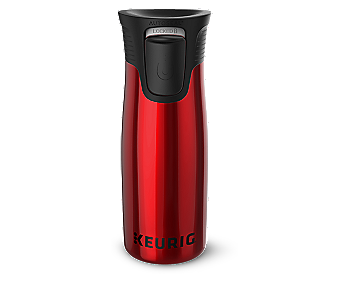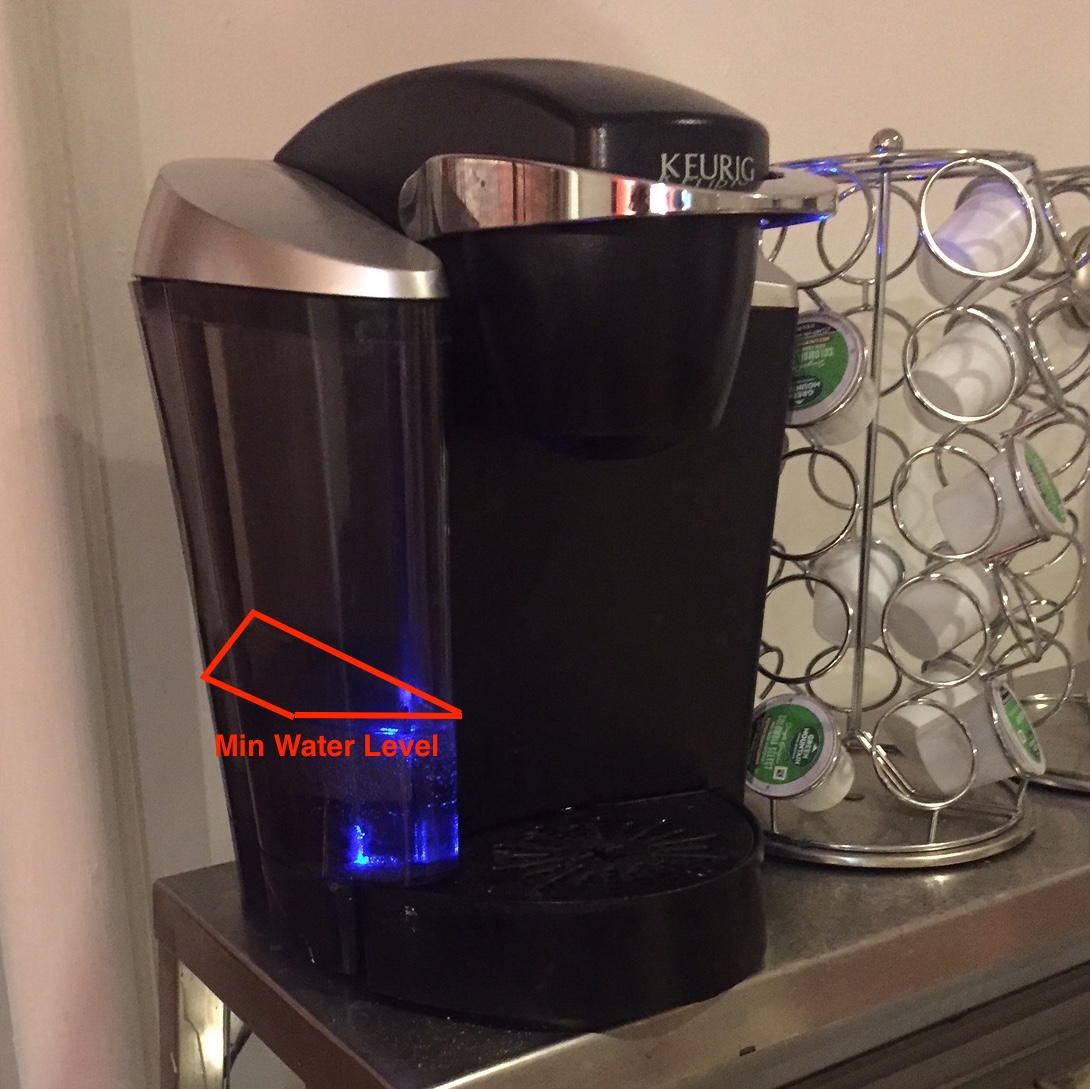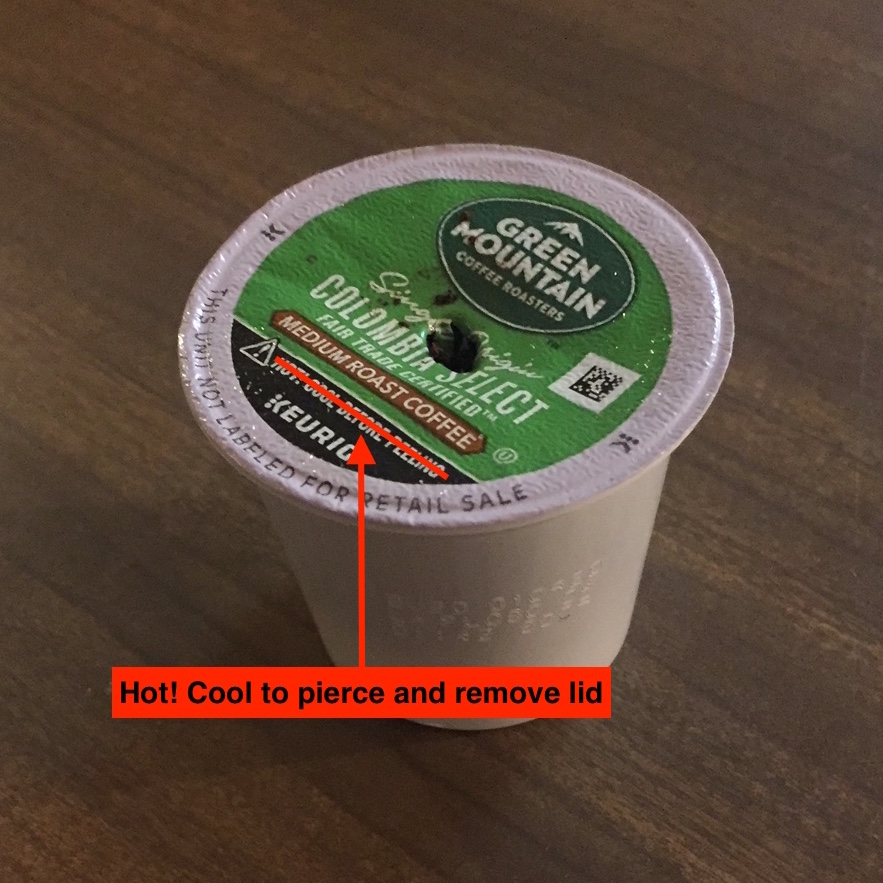|
|
Use of Mugs
|

|
The most intuitive modification increase the amount of mugs that are fully compatible with the Keurig B60 head clearance is to make the brewer taller, increasing the maximum compatible height. This option likely adds cost, makes the brewer bulkier and likely to cause clashes against kitchen cabinets. Another option is to reduce the thickness of the support material under the Kcup which sits inmmediately above the mug/cup/recipient. Reducing this thickness is likely to increase broaken heads and decrease brewer lifetime (likely to reduce total revenue as this might build a reputation for poorly design/built products).
I would recommend the following two options if the above have already been considered fully: (1) include one or more compatible mugs with the purchase of the brewer (2) Displace the location of the K-cup reciever (backwards or sideways) and add clearance for the travel mug by piping the brewed coffee/tea to an exit port at a higher location. The first option can be thought of as an investment in customer relations and a form of advertising. The second solution is likely to add failure modes (the channel is more likely to clog if extended, particularly if the fluid is intended to travel upwards).
|
Out of Water Alarm
|

|
One option to improve the user experience with regards to the low water level is to improve the sensing capability of the sensors used by the B60 and place them at a more conservative position with respect to the minimum water level required to brew the 9 Oz large cup. Another option is to add an easy to recognize visual marking on the minimum water level, such that the user may know if the B60 will be unable to brew even if the sensor has failed. I recommend doing both, the practical, convenience-optimizing users will appreciate the reduced time wasted with troubleshooting the Keurig.
|
Recycling K-Cups
|

|
In order to facilitate the recycling of K-Cups, the adhesive employed to attach the lid to the plastic cup body could be designed to be easier to peel without compromising the integrity of the K-Cup during transport. This is likely a challenging way of resolving the problem given that if the adhesive is too weak, the failure mode is a wasted K-Cup. A lip or a series of tabs could be added to the border of the lid and folded against the cup side. Even if an indentation were made in the K-Cup for the lip/tab to fold into, this addition would likely cause issues when inserting the K-Cups into the Keurig B60 or the storage racks. It would also add more complexity, and potentially waste (the lids are stamped out of a sheet, adding the tabs will likely require additional spacing) and therefore cost to the cup manufacturing process. Therefore, my recommendation is to change the message on the K-Cup lid from "Hot! Cool before peeling" to "Hot! Cool before removing lid" or, space permitted "Hot! Cool to pierce and remove lid". Both of these options decrease the likelihood of frustrated users with the unpeeleable K-Cups and improve the chances that they will pierce through and peel the lid from the inside.
|
|